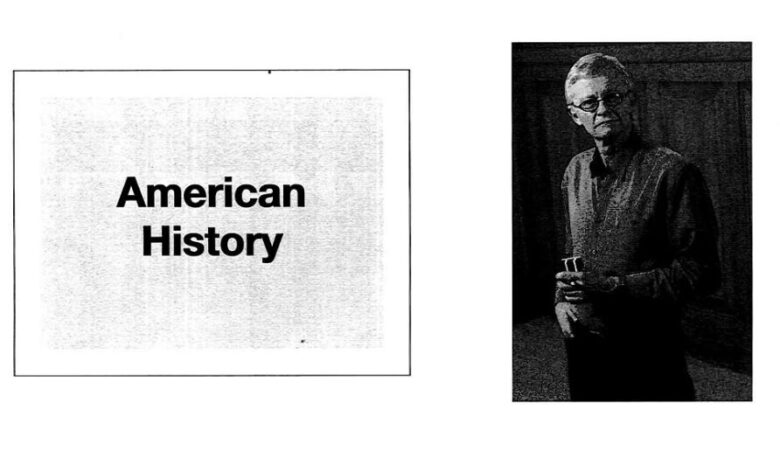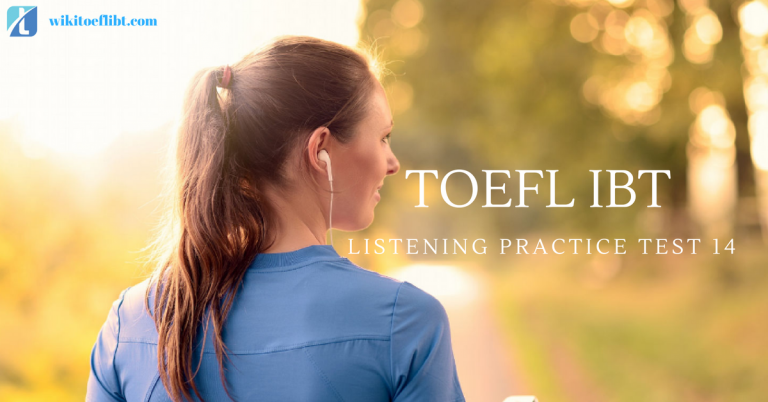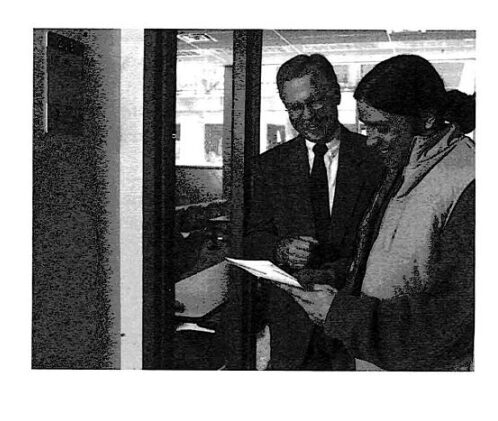TOEFL IBT Listening Practice Test 14 from TOEFL iBT ACTUAL TEST
Listening Section Directions
This test measures your ability to understand conversations and lectures in English.The Listening section is divided into 2 separately timed parts. In each part you will listen to 1 conversation and 2 lectures. You will hear each conversation or lecture only one time.
After each conversation or lecture, you will answer questions about it. The questions typically ask about the main idea and supporting details. Some questions ask about a speaker’s purpose or attitude. Answer the questions based on what is stated or implied by the speakers.
You may take notes while you listen. You may use your notes to help you answer the questions. Your notes will not be scored. If you need to change the volume while you listen, click on the Volume icon at the top of the screen.
In some questions, you will see this icon: This means you will hear, but not see, part of the question. Some of the questions have special directions. These directions appear in a gray box on the screen.
Most questions are worth 1 point. If a question is worth more than 1 point, it will have special directions that indicate how many points you can receive. You must answer each question. After you answer, click on Next. Then click on OK to confirm your answer and go on to the next question. After you click on OK, you cannot return to previous questions.
A clock at the top of the screen will show you how much time is remaining. The clock will not count down while you are listening. The clock will count down only while you are answering the questions.
Lecture 1-6: O Listen to part of a lecture in an American history class.
https://www.youtube.com/watch?v=EU1g7uluA-A

1. What is the lecture mainly about?
A. The historical reasons for American neutrality in World War II
B. The root causes that led to the beginning of hostilities in WWII
C. The methods America used to supply the Allies during the war
D The factors that caused America to involve itself in foreign affairs
2. According to the professor, what factor was decisive in causing America to go to war in 1917?
A . The need to help the British and the French defeat Germany
B The desires of the industrialists to make higher profits
C The fears of the government about joining the League of Nations
D The threat of German submarine attacks on American shipping
3. Listen again to part of the lecture. Then answer the question,
A. America supports the United Nations’ enforcement of peace.
B. Even with American support, the United Nations cannot enforce peace.
C. Peace can be enforced by America with the United Nations’ help.
D. Even with support, peace cannot be enforced by international bodies.
4. How does the professor organize the lecture?
A. By asking a question and then providing answers to it
B. By examining an event and the results of this event
C. By explaining his theory by going from the present to the past
D. By giving a possible theory and examining its merits
5. In the lecture, the professor discusses America’s inter-war policies. Indicate with which policy the following aspects are connected.
Click in the correct box for each sentence.
| Isolationism | Neutrality Acts | Military Draft | Lend Lease | |
| A. It allowed America to send arms to nations at war. | ||||
| B. It stopped shipments of arms to nations at war. | ||||
| C. This was a reaction to America’s entry in World War 1. | ||||
| D. It was designed to increase the military’s size in peacetime. |
6. Listen again to part of the lecture. Then answer the question,
A Roosevelt might have had a hard time declaring war on Germany.
B The Germans were stupid for honoring their treaty with Japan.
C The world was lucky that Germany declared war on America.
D Hitler’s biggest mistake came in declaring war on America.
Conversation 7-11: Listen to part of a conversation between a student and a professor.
7. What problem does the student have?
A He has lost the syllabus for the class.
B His paper was on zn incorrect topic.
C He is going to get a zero on his report.
D He requires more time to finish h s work.
8. According to the professor, what should the student’s paper be on?
A The differences between some celestial bodies
B The characteristics of Saturn’s largest moons
C An upcoming lunar eclipse that will take place
D The different effects of lunar eclipses on Earth
9. Listen again to part of the conversation. Then answer the question,
A To chastise the student for trusting his friend
B To ask the student to stop meeting that person
C To insist that the student think about friendship
D To advise the student not to be friends with that person
10. Listen again to part of the conversation. Then answer the question.
A The student has an interesting way with words.
B The student’s statement is not strong enough.
C He does not fully agree with the student.
D The student’s paper was the worst of the semester.
11. What can be inferred about the professor?
A He does not get involved in his students’ lives.
B He likes to give unsolicited advice to students.
C . He is always willing to give extensions on projects.
D He feels that students should not trust one another.


